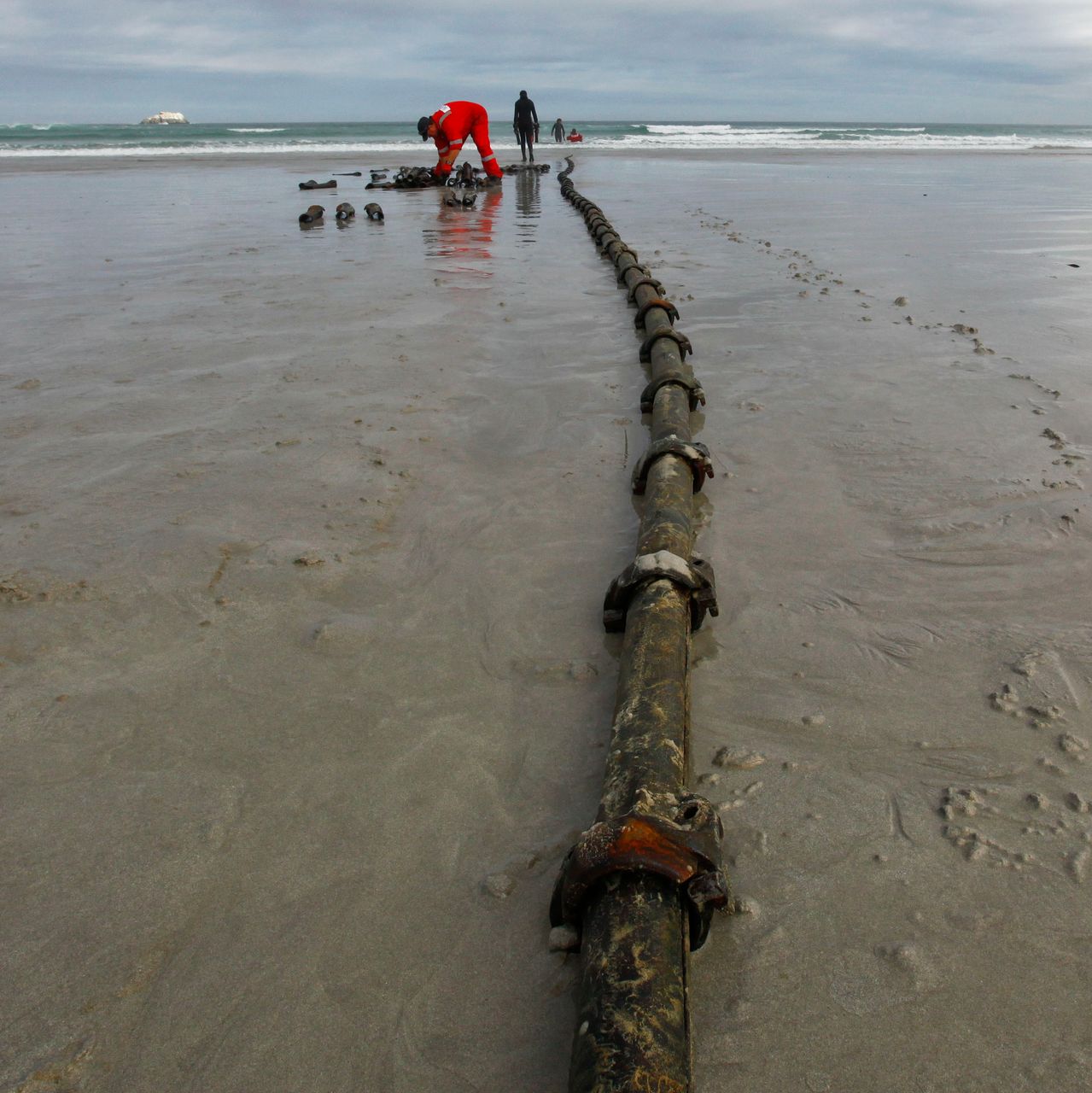The undersea cables that carry internet data signals between continents have become the next front in deteriorating US-China relations.
Washington is moving to ensure that new cables will bypass Hong Kong and be free of Chinese investments and contractors after the semiconductors tech war between the two countries. SubCom LLC, an American subsea cable company, won a contract to build the Southeast Asia-Middle East-Western Europe 6, or SeaMeWe-6, internet cable.
Details of how a former undersea cable arm of Huawei Technologies, China’s top telecommunications infrastructure company, lost the bidding were not known until SubCom recently began laying the Singapore-to-France cable to the seafloor.
Over the past four years, the US has intervened in at least six private undersea cable deals in the Asia-Pacific region, either by calling on cable investors to avoid using Chinese contractors or asking US technology giants to re-route their new cables to Taiwan and Singapore, and away from Hong Kong.
Huawei was forced to quit the project due to the US government’s intervention, according to a report by a UK-based publication.
The US Commerce Department then pressured the cable investors to choose SubCom. The US Trade and Development Agency (USTDA) also granted USD 3.8 million of training funding to five telecom companies in countries on the cable route.The SeaMeWe-6 is designed to link Singapore to Marseille, France, passing through Malaysia, Bangladesh, Sri Lanka, Maldives, India, Pakistan, Djibouti, Saudi Arabia, Egypt, Greece and Italy along the way. It is scheduled to be completed in the first quarter of 2025.
Huawei Marine was originally 51 per cent owned by Huawei and 49 per cent owned by Global Marine Group, a United Kingdom-based submarine cable service provider.
After Huawei was sanctioned by the US in May 2019, it sold its entire stake in Huawei Marine to the Shanghai-listed Hengtong Group, a Chinese fiber optic cable manufacturer, which later bought another 30 per cent stake from Global Marine.
In April 2020, then-US president Donald Trump signed an executive order to set up an interagency committee, later called Team Telecom, to safeguard US telecommunication networks from cyberattacks and spies. Since then, four cables between the US and Hong Kong were asked to redirect their terminals from the special administrative region to other places including Taiwan and Singapore. These projects involve US internet firms such as Google and Meta.

















